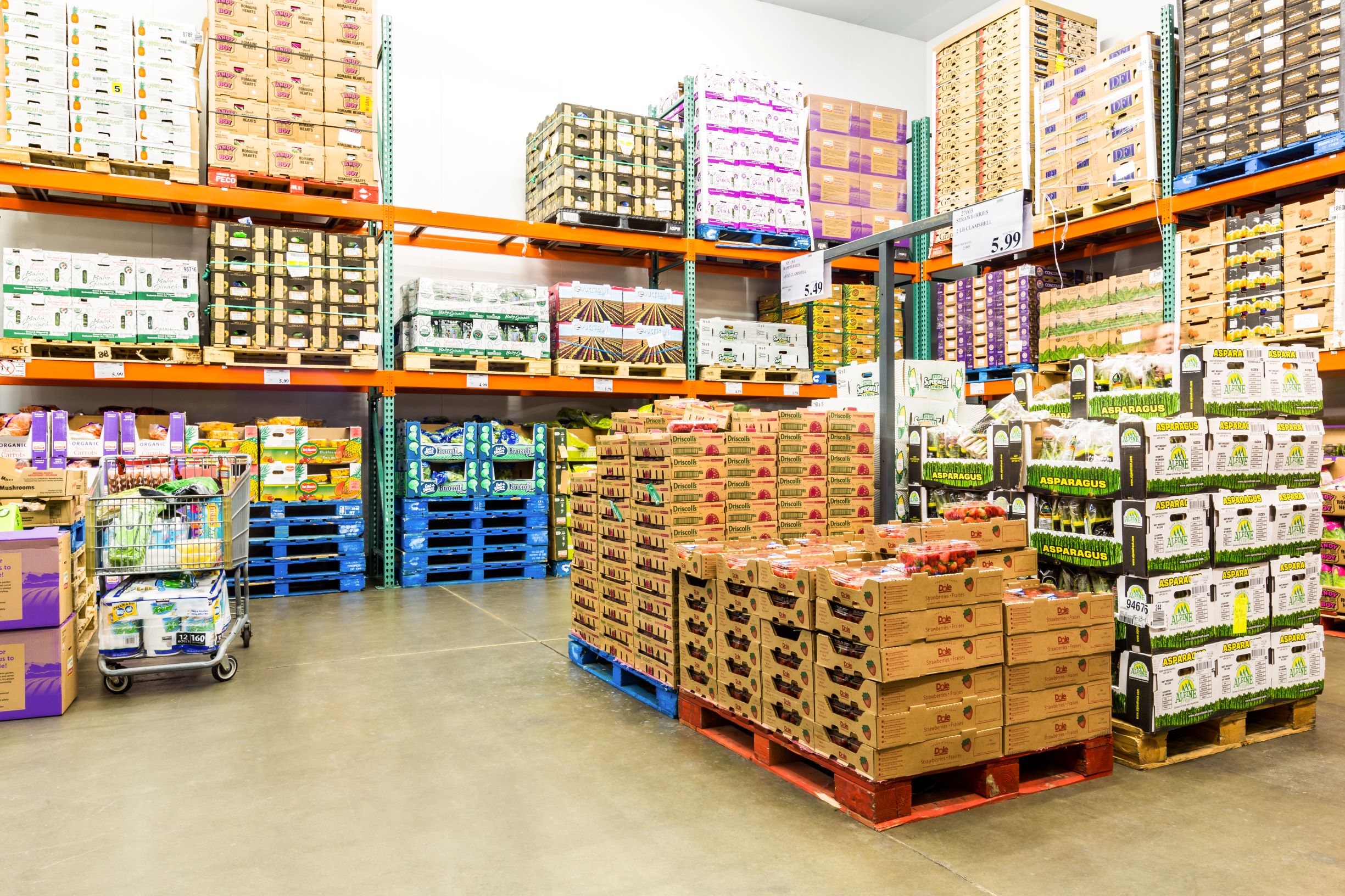



Weekly beef and dairy digest: US beef exports pull back and Argentina cracks down on illegal meat exports
The United States has issued its first quarterly update of 2021.Updates from the United States
Weekly beef export reporting
US beef net sales of 18,700 metric tonnes (MT) reported for 2021 were down 1% from the previous week and 15% from the prior 4-week average.
Increases primarily for Japan (6,000 MT, including decreases of 700 MT), China (5,900 MT, including decreases of 100 MT), South Korea (2,600 MT, including decreases of 600 MT), Canada (1,100 MT, including decreases of 100 MT), and Hong Kong (800 MT, including decreases of 100 MT), were offset by reductions primarily for Kuwait (100 MT).
Exports of 18,600 MT were unchanged from the previous week, but up 1% from the prior 4-week average. The destinations were primarily to Japan (5,400 MT), South Korea (5,100 MT), China (2,900 MT), Mexico (1,400 MT), and Canada (800 MT).
USDA’s February US cold storage report
February 2021 highlights for dairy:
- Total natural cheese stocks in refrigerated warehouses on 28 February 2021 were up 2% from the previous month and up 5% from 29 February 2020.
- Butter stocks were up 6% from last month and up 17% from a year ago.
February 2021 highlights for beef:
- Total red meat supplies in freezers were up 3% from the previous month but down 12% from last year.
- Total pounds of beef in freezers were down 2% from the previous month but up 3% from last year.

USDA’s weekly milk report
Fluid milk
Milk supplies are stable to readily available in the US There are signs of the flush in the West and in the Central regions. Class I sales are fairly steady in the East and West. In the Central, Class I demands are slightly lower this week, as additional milk loads are moving to manufacturing. Some schools’ pipeline demands are lower with several school systems closed for spring break.
Cream is tightening in the Central and East regions. In the West, cream supply is fairly available, although some market participants are seeing a slight tightness in cream availability. Additional condensed skim volumes are moving to some operations. Cream multiples are 1.28 – 1.40 in the East, 1.23-1.34 in the Midwest, and 1.05-1.26 in the West.
Dry products
Low/medium heat non-fat dry milk (NDM) prices are mixed this week. Domestic and international demands are stable for the near term. The market tone is somewhat uncertain. High heat prices are mixed. Some buyers are purchasing on a narrower price range. Market conditions vary across regions.
Dry buttermilk prices are steady to higher. Trading activities are fairly active. There are some shipping hurdles in the West region. The price range widened in the dry whole milk market this week.
Dry whey prices are mostly higher. Market participants report both international and domestic demand remains hearty. The market tone is firm. Whey protein concentrate 34% prices are steady to higher. The demand for sports nutrition products is growing as gyms are reopening and team sports return to pre COVID schedules.
Lactose prices are steady to higher. The demand for lactose has strengthened in standardization. The lactose market tone is bullish. Prices for acid casein are higher, although rennet casein prices are unchanged. Casein markets are firming.
Organic dairy market news
Organic feed soybean trading activities are active. Organic feed soybeans traded $3.47 higher FOB. There is uncertainty in current availability for imported soybean meal. Some end users are receiving soybean meal offers in the 1200.00 to 1400.00/ton range. Trading activities and market trends are fairly unchanged on organic feed wheat, oats, barley and rye at this time.

An organic dairy cooperative is introducing a clean energy fund for farmers. The coop has partnered with a credit union for a $1 million fund for participating farmers to reduce energy costs and improve sustainability. The loans will support investments in improvements such as solar electric systems, energy-efficiency developments, and geothermal system advances.
National retail report
Total conventional dairy ads increased by 11%, while organic dairy ads decreased by 27%. The most advertised dairy item this week is conventional 48 to 64-ounce containers of ice cream. The national weighted average price is $2.81, down 14 cents from last week.
The national weighted average advertised price for conventional 1-pound butter is $2.61, 17 cents lower than last week. Conventional yogurt ads decreased by 15%, and organic milk ads decreased by 67%. The national weighted average advertised price for conventional Greek yogurt in 4 to 6-ounce containers is $0.98, up 5 cents from last week. Conventional yogurt in 4 to 6-ounce containers has a national weighted average advertised price of $0.49, unchanged from last week.
Cattle industry headlines from South America, Asia and Europe
Argentina suspends 15 meat exporters for dodging industry regulations
This week Argentina’s ag ministry announced it had discovered several meat export operations had undercut competitors and evaded taxes by failing to properly register their business with the state.
Therefore, the country has suspended 15 meat exporters, impacting at least 40 MT of shipments. The report did not name the companies involved. The ag ministry says state prosecutors will begin preparing formal complaints soon.

Market analysis shows South Korea's meat demand remaining strong
USDA in a recent report said that while South Korea’s overall demand for beef and pork remains strong, imports of these products have declined as a result of the global pandemic. COVID-related restrictions have limited Korea’s Hotel, Restaurant, and Institutional sectors where imported meat is heavily consumed.
Conversely, Korea’s market shift to in-home dining has bolstered retail sales of domestically produced meat. Korean cattle producers look to capitalize on high prices and rising demand for domestic beef and will increase slaughter numbers in 2021.
In the swine sector, Korea’s small-scale operations continue to struggle with balancing production costs and suppressed pork prices. With improved market conditions expected for the second half of 2021, Korea’s pork consumption is forecast to rebound modestly by the end of the year.
European Commission changes rules on livestock feed
The European Commission has presented a draft proposal that would allow the feeding of processed animal proteins (PAP) from poultry to pigs and pig PAPs to poultry again. As a large majority of Members States received the proposal positively, EU industry experts believe that the proposal has a good chance of gaining approval through written procedure in a meeting in April or May.
While the European Parliament, under the scrutiny procedure, must also vote on the proposal, it is not expected to block this proposal as it will give the EU feed sector access again to an important source of high-quality protein, while at the same time recycling large amounts of animal waste, which fits well with the goals of the EU Farm To Fork Strategy.
In response to the European BSE crisis the EC adopted a regulation laying down rules for the prevention, control and eradication of certain transmissible spongiform encephalopathies, also known as the BSE regulation. The EC installed a ban on the use of PAPs and meat and bone meal (MBM) in feed for farmed animals.
Read Jim Wyckoff's analysis of the poultry industry on The Poultry Site and see his weekly update on the global swine sector on The Pig Site.
TheCattleSite News Desk
IMPORTANT NOTE: I am not a futures broker and do not manage any trading accounts other than my own personal account. It is my goal to point out to you potential trading opportunities. However, it is up to you to: (1) decide when and if you want to initiate any traders and (2) determine the size of any trades you may initiate. Any trades I discuss are hypothetical in nature.
Here is what the Commodity Futures Trading Commission (CFTC) has said about futures trading (and I agree 100%): 1. Trading commodity futures and options is not for everyone. IT IS A VOLATILE, COMPLEX AND RISKY BUSINESS. Before you invest any money in futures or options contracts, you should consider your financial experience, goals and financial resources, and know how much you can afford to lose above and beyond your initial payment to a broker. You should understand commodity futures and options contracts and your obligations in entering into those contracts. You should understand your exposure to risk and other aspects of trading by thoroughly reviewing the risk disclosure documents your broker is required to give you.



